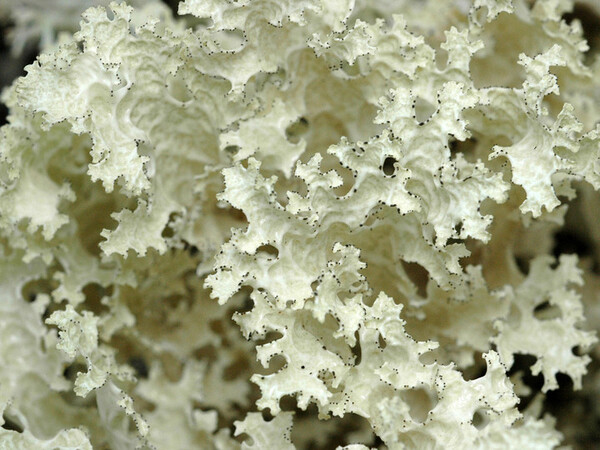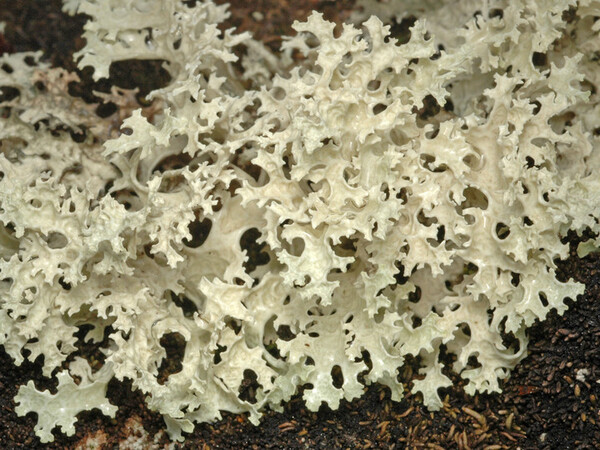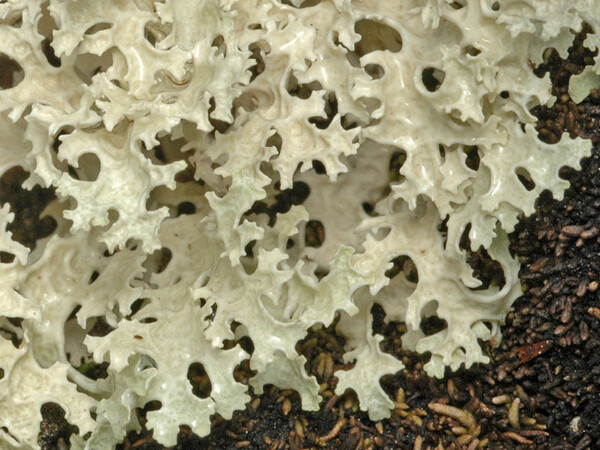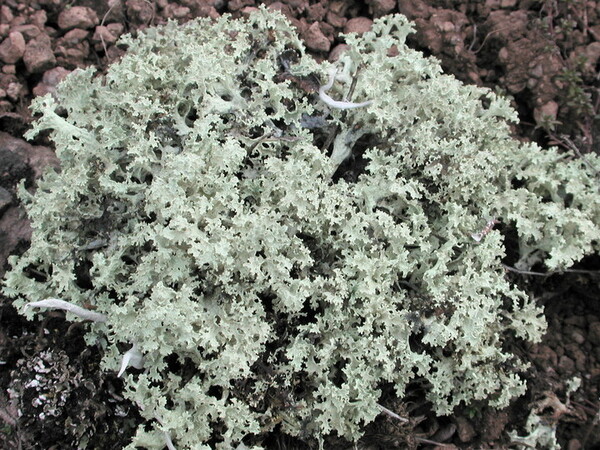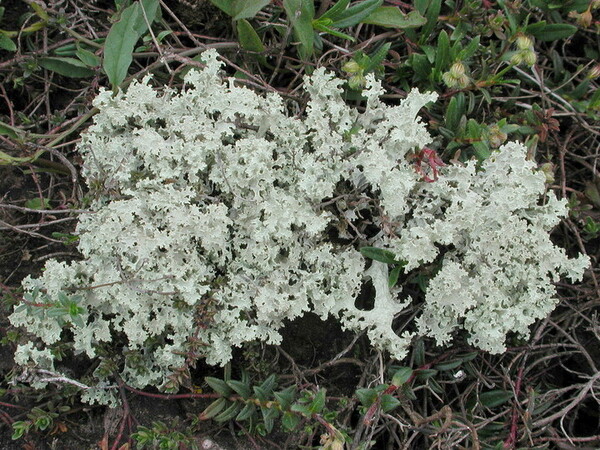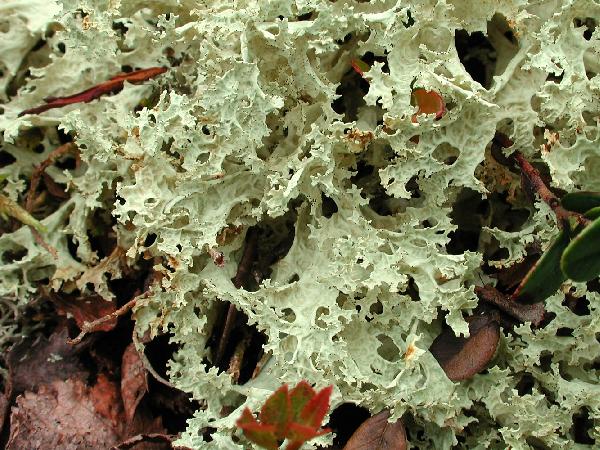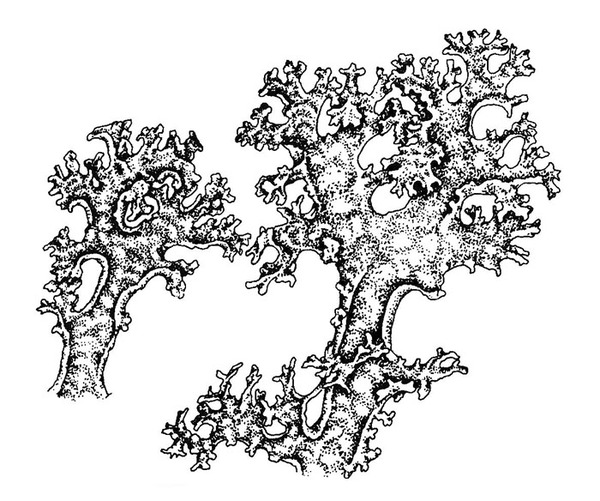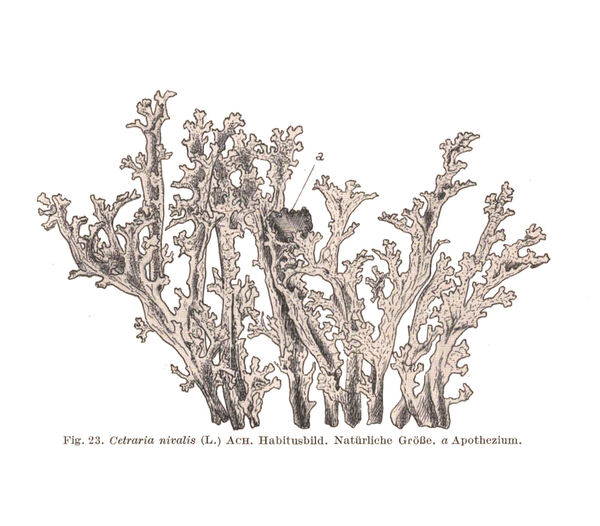Nephromopsis nivalis (L.) Divakar, A. Crespo & Lumbsch
in Divakar & al., Fungal Diversity, 84: 113, 2017. Basionym: Lichen nivalis L. - Sp. Pl.: 1145, 1753.
Synonyms: Allocetraria nivalis (L.) Randlane & Saag; Cetraria nivalis (L.) Ach.; Flavocetraria nivalis (L.) Kärnefelt & A. Thell
Distribution: N - Frl (Tretiach & Hafellner 2000), Ven (Nascimbene & Caniglia 1997, 2003c, Caniglia & al. 1999, Giovagnoli & Tasinazzo 2014), TAA (Caniglia & al. 2002, Nascimbene 2008b, 2001b, Lang 2009, Bilovitz & al. 2014, Nascimbene & al. 2022), Lomb (Rivellini 1994, Dalle Vedove & al. 2004, Gheza 2017, 2019b), Piem (Isocrono & al. 2004, Morisi 2005, Isocrono & Piervittori 2008), VA (Verger & al. 1993, Borlandelli & al. 1996, Piervittori & Isocrono 1997, 1999, Valcuvia 2000, Revel & al. 2001, Piervittori & al. 2004), Emil (Fariselli & al. 2020), Lig. C - Marc (TSB 24214), Abr (Nimis & Tretiach 1999, Lich. Ital. Exs. 35: Isocrono & al. 2019, Di Nuzzo & al. 2021, Gheza & al. 2021, Vallese & al. 2022).
Description: Thallus fruticose, once or twice dichotomously branched, cream-coloured, yellowish brown at the necrotic base, loosely attached, sometimes forming compact mats. Lobes 6-10 mm wide and 2-4(-8) cm tall (usually smaller in Italian material), foveolate and reticulately ridged, erect to ascending; underside corticate, with narrow, mostly marginal, whitish pseudocyphellae. Cortex thin, paraplectenchymatous in upper part; medulla white, rather lax. Apothecia extremely rare, zeorine, submarginal at lobe-ends, up to 8 mm across, with a brown disc. Epithecium brownish; hymenium and hypothecium colourless. Asci 8-spored, narrowly clavate, with a small axial body and a distinct, K/I+ blue ring-structure in the rather large tholus, approaching the Lecanora-type. Ascospores 1-celled, hyaline, subglobose to broadly ellipsoid, 5-10 x 3-6 µm. Pycnidia black, marginal, slightly projecting. Conidia dumbbell-shaped (thickened at both ends), c. 6 x 1 µm. Photobiont chlorococcoid. Spot tests: cortex K-, C-, KC+ yellowish, P-; medulla K-, C-, KC-, P-. Chemistry: cortex with usnic acid; brownish parts at the base with anthraquinones.Note: a circumpolar, arctic-alpine lichen, a typical element of tundra-like vegetation in open, dry habitats above treeline; common throughout the Alps, but surprisingly abundant also in the Gran Sasso Massif (Central Apennines).
Growth form: Fruticose
Substrata: soil, terricolous mosses, and plant debris
Photobiont: green algae other than Trentepohlia
Reproductive strategy: mainly asexual, by thallus fragmentation
Commonnes-rarity: (info)
Alpine belt: common
Subalpine belt: very rare
Oromediterranean belt: absent
Montane belt: absent
Submediterranean belt: absent
Padanian area: absent
Humid submediterranean belt: absent
Humid mediterranean belt: absent
Dry mediterranean belt: absent
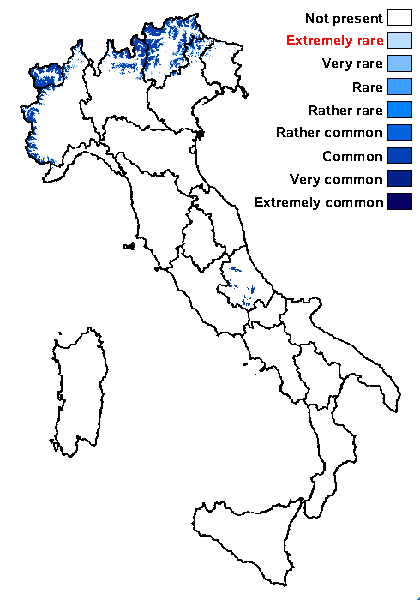
Predictive model
Herbarium samples


P.L. Nimis; Owner: Department of Life Sciences, University of Trieste
Herbarium: TSB (5044)
2001/12/05
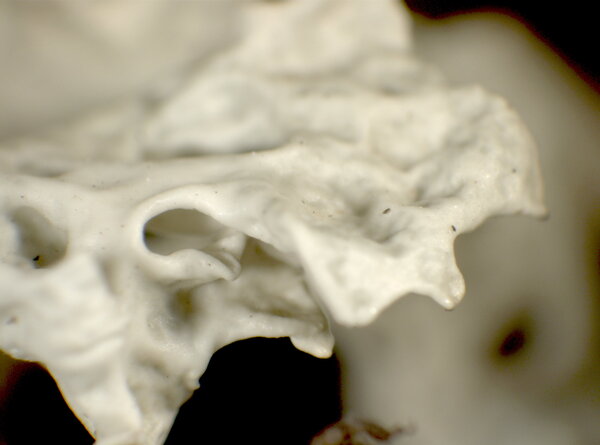

P.L. Nimis; Owner: Department of Life Sciences, University of Trieste
Herbarium: TSB (34817)
2002/02/06
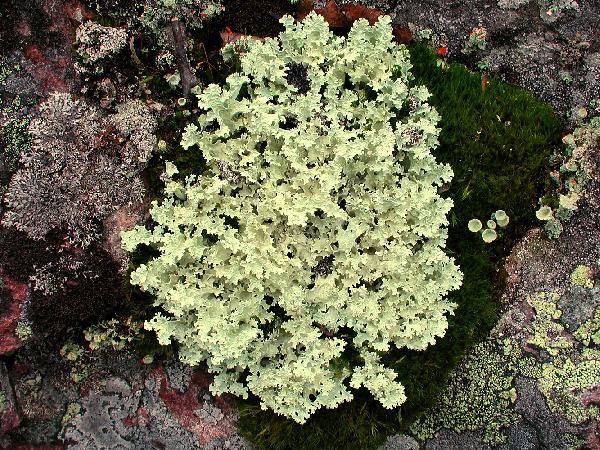
Ulrich Kirschbaum CC BY-SA 4.0 - Source: https://www.thm.de/lse/ulrich-kirschbaum/flechtenbilder
Austria: Alps.
Growth form: Fruticose
Substrata: soil, terricolous mosses, and plant debris
Photobiont: green algae other than Trentepohlia
Reproductive strategy: mainly asexual, by thallus fragmentation
Commonnes-rarity: (info)
Alpine belt: common
Subalpine belt: very rare
Oromediterranean belt: absent
Montane belt: absent
Submediterranean belt: absent
Padanian area: absent
Humid submediterranean belt: absent
Humid mediterranean belt: absent
Dry mediterranean belt: absent

Predictive model
| Herbarium samples |


P.L. Nimis; Owner: Department of Life Sciences, University of Trieste
Herbarium: TSB (5044)
2001/12/05


P.L. Nimis; Owner: Department of Life Sciences, University of Trieste
Herbarium: TSB (34817)
2002/02/06

 INDEX FUNGORUM
INDEX FUNGORUM
 GBIF
GBIF
 DOLICHENS
DOLICHENS
